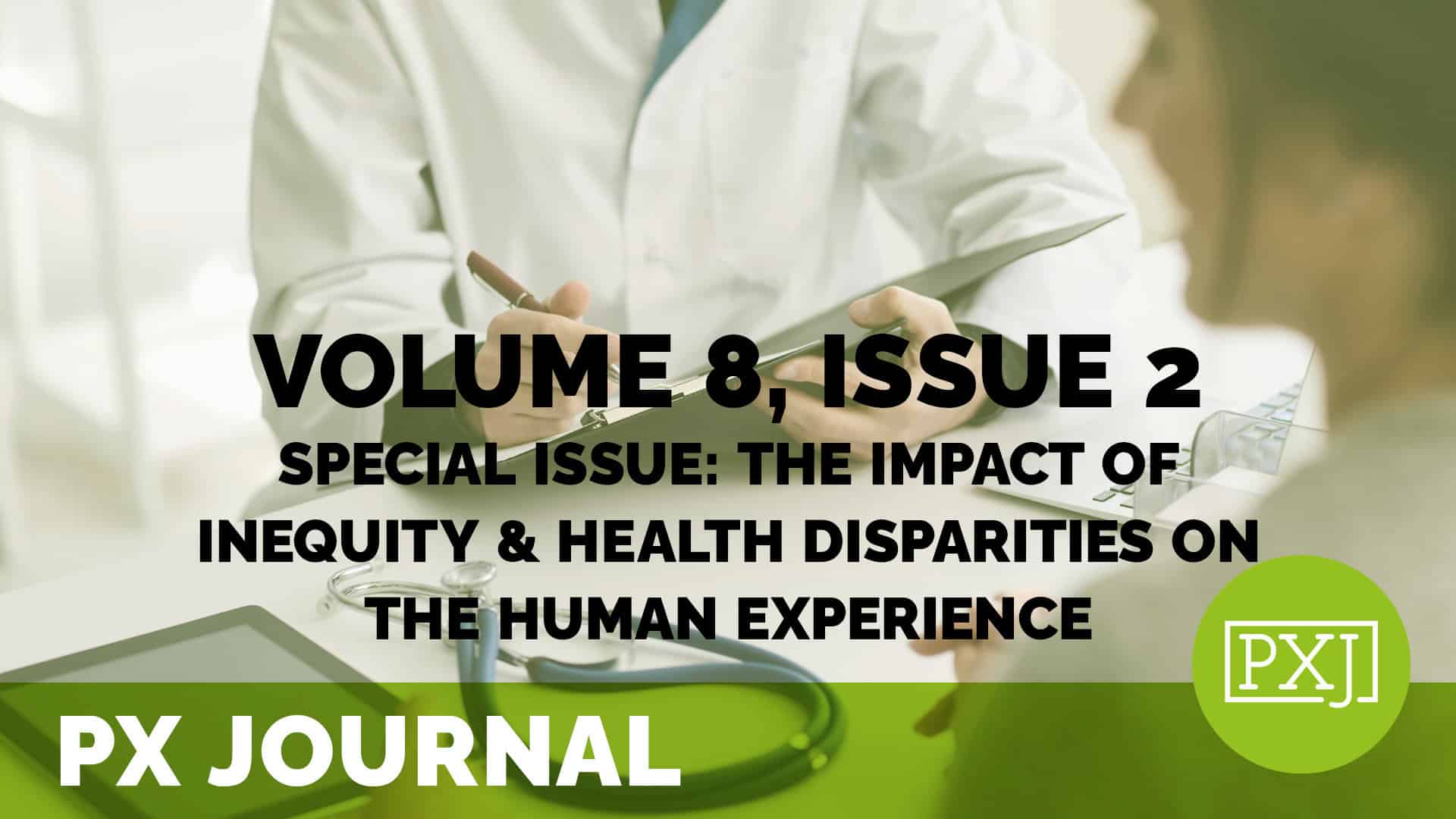Sociodemographic characteristics and patient and family experience survey response biases

Enhancing Patient and Family Experience (PFE) is vital to the delivery of quality healthcare services. Sociodemographic differences affect health outcomes and experiences, but research is limited on biases in PFE survey methodology. We sought to assess survey participation rates across sociodemographic characteristics. This retrospective study analyzed a health system’s ambulatory PFE survey data, collected January 1 – July 31, 2019. Outcomes of interest were rates of survey response, completion, and comments. Predictors included respondent-reported race, ethnicity, language, and measure of social deprivation attached to a respondent’s home address. Addresses were geocoded to census tracts. The tract’s degree of socioeconomic deprivation was defined using the Deprivation Index (DPI). Associations between outcomes and predictors were assessed using the Chi square test. 77,627 unique patient encounters were analyzed. Patients were predominantly White (76%); 5% were Hispanic; and 1% were Spanish-speaking. The overall response, completion, and comment rates were 20.1%, 17.6%, and 4.1%, respectively. There were significant differences across assessed sociodemographic characteristics in response, completion, and comment rates. White patients were most likely to respond, complete, and leave a comment. Spanish-speaking respondents and those living in the most deprived areas were more likely to respond and complete the survey, but less likely to comment than English-speaking respondents and those living in less deprived areas, respectively. PFE survey participation differs across a range of sociodemographic characteristics, potentially introducing noteworthy biases. Health systems should minimize differences in how they collect feedback and account for potential biases when responding to experience data.
Related content
-
 Policy & Measurement
Policy & MeasurementInterventions that improve patient experience evidenced by raising HCAHPS and CG-CAHPS Scores: A narrative literature review
Hospital administrators and researchers often use large, standardized surveys that examine patient satisfaction to evaluate whether interventions improve patient experience. To summarize the breadth of these interventions and how large, standardized surveys are used to evaluate them, a multidisciplinary research team conducted a review. They used PubMed and Google Scholar searches, reviews of reference lists
Learn more -
 Policy & Measurement
Policy & MeasurementLeveraging patient experience measures as surrogate outcomes to evaluate health care interventions
Patient experience quality measure scores are widely accepted as outcomes in health services research. For some patients and in some settings, such as hospice care, they can be the most important outcomes. While these measures are widely used, the potential to use them as surrogate outcomes in a clinical trial sense has gone under-recognized. The
Learn more -
 Policy & Measurement
Policy & MeasurementDevelopment of an experienced quality measure for clients, informal and formal caregivers in home care in the Netherlands: A participatory action research
To optimise home care provision and to identify potential improvements in the care process, it is important to gain insight into the care experiences that influence care quality. The aim was to develop a qualitative experienced quality measure for home care in The Netherlands, facilitating conversations between clients and caregivers in generating possible points of
Learn more
